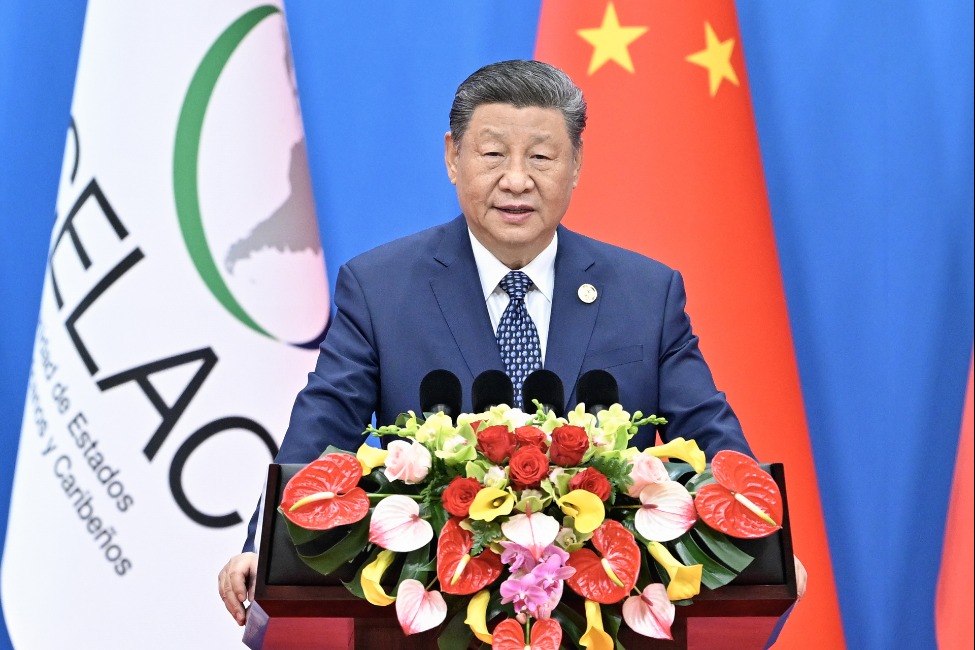China is taking action to better protect its rivers

The International Day of Action for Rivers has been celebrated across the world since 1997. Every year, on March 14, ordinary people raise awareness about the importance of healthy watersheds and the equitable and sustainable management of rivers.
China's rivers are an important part of its identity and heritage, having sustained Chinese people for more than 5,000 years. China's rivers have allowed the country to develop and prosper economically. They are important sources of food, energy and production of goods. By itself, the iconic Yangtze River contributes 73 percent of the country's hydropower while the provinces and municipalities in its basin contribute 42 percent of China's GDP.
Intensive development, however, has taken its toll on Yangtze and on all rivers in the country. The National Bureau of Statistics documented 50,000 rivers in China in the 1980s. Only 23,000 are left today. More than half of China's rivers have disappeared or become polluted. Travel to the countryside in China, and you will hear stories about the disappearance of these life-giving arteries. Look out of your window as you fly domestically, and you will see dry riverbeds where water once flowed. Protecting these powerful yet fragile life-support systems should be a strong focus to develop a "Beautiful China" by 2035.
There are encouraging developments. Measures are being taken to conserve the Yangtze River basin. In early 2016, China announced the creation of the Yangtze River Economic Belt which forbids any additional large scale development projects within one kilometer of a stretch of the Yangtze River, from Chongqing to Shanghai, as well as for the Yangtze's major tributaries. Large-scale heavy manufacturing and chemical plants already present are being forced to close or relocate.
Since the middle of last summer, over 200,000 river chiefs have been tasked and are being held accountable for the protection of China's rivers. River chiefs are government officials who have responsibilities related to water resource protection, pollution control and ecological restoration. There are billboards by many rivers with telephone numbers and QR codes so that citizens can report any water pollution or contamination.
In the past two years, provincial leaders in Southwest China's Yunnan province have taken important measures to protect the Nu River from large-scale and small-scale hydropower development. The Nu River is an ecological gem that hosts over 6,000 plant species, and supports 50 percent of China's animal species.
It is important that China continues to take leadership on river protection. Healthy rivers in China contribute toward regional stability and peacefulness among neighbors. China shares 110 of its rivers and lakes with 18 downstream countries, and 2 billion people depend on these rivers. In most cases, China controls the headwaters of these rivers.
Consequently, it is critical for China to manage these rivers in a consultative and cooperative manner and create transboundary environmental compensation mechanisms and transparent information sharing. China is building cooperation among Mekong countries by leading the Lancang-Mekong Cooperation Framework, but there is an urgent need for more collaborative leadership. Though it is challenging, these rivers provide opportunities for cooperation across boundaries.
China continues to play a large role in creating a more sustainable planet by pursuing an "ecological civilization" and more balanced growth. As China curbs climate emissions, it must be careful not to sacrifice rivers by exploiting them for their hydropower potential. Rivers are global carbon sinks and ensuring their protection means that they can remove more carbon from the atmosphere. Healthy rivers help us to be resilient in the face of climate change.
A new Ministry of Natural Resources is being set up to manage State-owned natural resource assets and the environment. This will be a breakthrough, since currently Chinese ministries have unclear and overlapping divisions of responsibilities and compete to manage the country's water resources and rivers.
Rivers are the arteries of China and are powerful representations of the Chinese nation. Keeping the rivers of China healthy and free-flowing will continue to sustain the Chinese people and downstream neighbors for generations to come. Keeping healthy rivers will also help ensure internal stability and peaceful relations with China's neighbors.
The author is China program director, International Rivers.

































